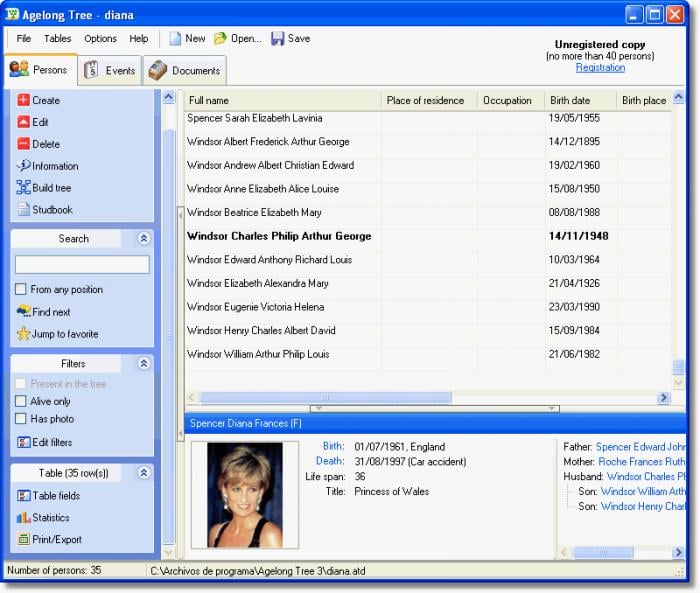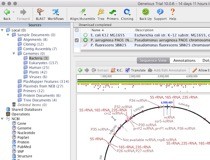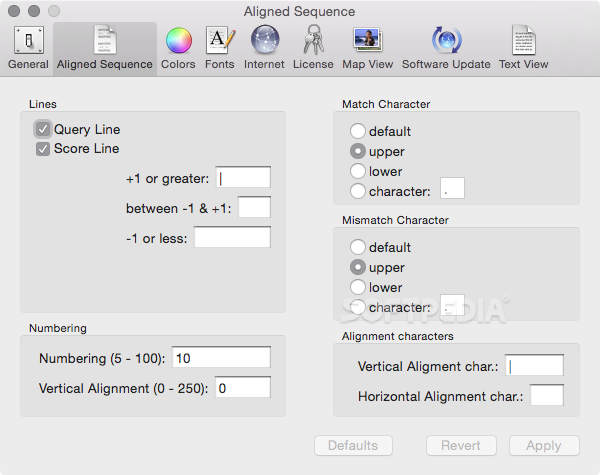

- #Alternatives to serial cloner mac install#
- #Alternatives to serial cloner mac full#
- #Alternatives to serial cloner mac series#
When booted from the clone of the internal SSD, though, several things didn’t appear quite right. There, the Startup Disk pane offered the clone of the internal SSD as being available to restart from, so I tried that, and it worked. The copy of the internal SSD wasn’t recognised as being available, despite it being successfully mounted.Īttempting to boot from the copy of the external SSD brought the normal request for an authorised user, and was then successful following two restarts.
#Alternatives to serial cloner mac full#
Once the full clones were ready, I checked the Startup Disk pane, which only offered the copy of the external SSD as an alternative for booting. Both full clones were reported as being successful, and were very quick indeed: almost 160 GB was copied from my internal SSD in just over 15 minutes amost 22 GB was copied from my external SSD in just over 2 minutes.

I made two full clones to different containers on my external SSD: one was from my internal SSD, the other from a Thunderbolt 3 external disk which already has a fully functional and bootable copy of Big Sur 11.3.1 installed on it. When you then click on the button to Start that full clone backup, there are subtle differences in what’s shown in CCC’s window. Click on the button to Allow CCC to erase. Select this by clicking on the destination volume and choosing the Legacy Bootable Backup Assistant…ĬCC then explains the implications of this option.
#Alternatives to serial cloner mac install#
You could perhaps then install Big Sur into that volume group, but I opted to use what CCC terms its Legacy Bootable Backup option. If you then make a regular clone to one of those containers from a bootable volume group using Carbon Copy Cloner 6, the default is to omit the System volume.

#Alternatives to serial cloner mac series#
I prepared my external SATA/USB-C SSD by connecting it to a USB-A port on my M1 Mac mini, which I know works reliably for booting, then using Disk Utility to divide it into a series of 100 GB containers, each of which will contain a different version of Big Sur. The alternative is to keep old versions in Virtual Machines in Parallels Desktop. SATA/USB-C disks may need to be connected to a USB-A port rather than USB-C. Some external disks can only boot when physically connected in certain ways, e.g.M1 Macs can’t boot from an older release of Big Sur without setting that bootable volume group to Reduced Security using Startup Security Utility in recoveryOS.

This currently appears insoluble, making it essential to create each bootable system when that version of Big Sur is still current.


 0 kommentar(er)
0 kommentar(er)
